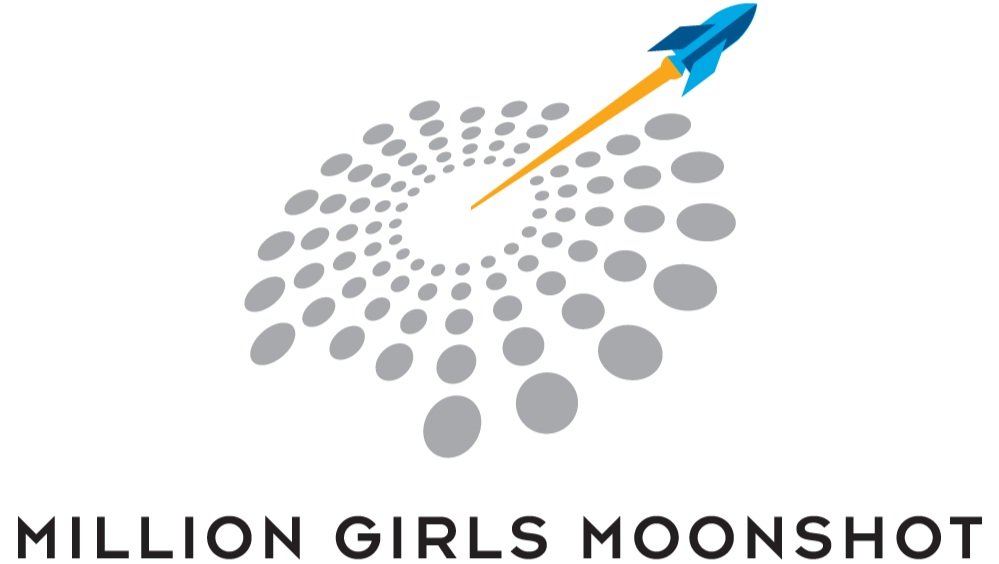The Power of Family Engagement in Girls’ STEM Exploration
Authors: STEM Next and Technovation
Photo Credit: Technovation, Dina and Christina, Detroit
When it comes to creating equitable STEM opportunities for girls, the old adage, “It takes a village” couldn’t be more true. To enact sustainable change and build true equity in STEM learning, we need buy-in and support from the entire community.
For most young girls, their community starts at home. And knowing that kids spend 80% of their time outside of the classroom, it’s even more essential to create buy-in among parents and caregivers at home. We can positively impact learning outcomes for young girls everywhere by empowering parents and caregivers with the right information on how to support their child’s STEM journey both in the classroom and beyond it.
Technovation and STEM Next believe in the power of parents as supporters and co-learners along with their kids, everywhere. Technovation in collaboration with STEM Next’s Million Girls Moonshot is offering a series of free online trainings for parents and caregivers that will boost parents’ confidence and skills to support their children as they learn and explore STEM topics.
Each hour-long session explores a set of best practices for adults to support young learners. Developed over Technovation's 15-year history of running hands-on STEM education programs with youth and families, these best practices are research-backed and honed through years of iteration to help parents better support their children's STEM learning. We share strategies such as asking your child helpful questions and choosing language that emphasizes effort. Our diverse cohort of parents from around the world come together to explore how they can better encourage their daughters as STEM learners and problem solvers.
Photo Credit: Technovation, Dina and Christina, Detroit
Dina and her daughter, Christina, participated in a Technovation program about AI, where together they built a series of hands-on projects that explored parallel processing, neural networks, and self-driving cars, among other skills and subjects. Working on STEM projects together gave Dina and Christina more patience and confidence in their understanding of AI as well as their ability to work together. "We have to critically think. So if something doesn't work the first time, you can go back and do it again," Dina told us. "You can apply that to life…If something doesn't work out you have to rethink it, find a solution."
Register Now!
Interested in participating? These workshops are free and open to parents everywhere around the world!
Questions to Support your Child in STEM (February 4 at 8am CT): We will explore how different types of questions can help develop our daughters’ critical thinking and problem solving capabilities (especially in STEM subjects), and how small word choices can have a big impact.
The Engineering Design Process at Home (April 1 at 8am CT): Learn about the Engineering Design Process and how this framework can help anybody approach all sorts of complex problems both within STEM and out.
Parents can also watch a recording and review the presentation from our first workshop session, which took place in November and focused on helping children develop a growth mindset about STEM subject.
As we work together with communities to create a more equitable future for STEM, we must recognize the power and positive impact of engagement at home. Parent and caregiver support for a girl’s STEM learning is a crucial piece of the puzzle.


